Having a strong brand is more than just a logo or a catchy slogan; it’s about creating a distinct identity that resonates with your target audience and sets you apart from the competition. Creating a strong brand is undoubtedly a crucial factor in a company’s success, particularly in highly competitive sectors like construction.
However, creating a brand identity is a complex task.
In this blog, we’ll explore practical tips and strategies that can help your construction company not only attract attention but also build trust and win more bids. The goal of this guide is to provide you with valuable insights and actionable steps to carve out a unique space in the industry and take your construction brand to a whole new level.
Why Is Construction Branding Important?
So, why should you care about construction branding when you already have other important tasks to work on? Well, to begin, a strong brand helps a construction firm to differentiate itself from the sea of competitors. This distinction is essential in attracting clients and securing contracts.
But, how exactly does branding do this? Let’s look at the facts.
Branding builds trust and credibility. In construction, where projects often involve significant investment and risk, clients need to feel confident in their choice of partners and contractors. In fact, 46% of customers say they’d pay more to work with a brand they can trust.
A well-established brand conveys reliability, quality, and expertise, assuring clients of the firm’s capability to deliver as promised.
Moreover, consistently presenting your brand can lead to an average revenue increase of 10-20%. This suggests that construction companies can see a significant financial return on investment by investing (ROI) in having a strong and consistent brand.
These statistics prove why construction branding is an important investment for companies that want to be successful in the industry. By investing in branding, construction companies can differentiate themselves from the competition, attract new customers, and increase their profits.
How Do You Brand a Construction Company?
Branding a construction company effectively involves several important steps to follow. First, define your brand identity to establish what your company stands for, including its values and unique selling proposition (USP). Next, clearly define your target audience, understanding their needs and preferences.
Your branding efforts should include setting a realistic budget, determining your brand positioning in the market, and developing a distinctive logo that expresses your brand’s essence.
Additionally, establishing a consistent brand voice that reflects your company’s values and creating on-brand images for marketing and promotional materials are key to maintaining brand coherence.
Finally, building and distributing comprehensive brand guidelines ensures consistency across all marketing channels and touchpoints, solidifying your brand’s presence in the construction industry.
Here’s what branding a construction company looks like in more detail:
Define Your Brand Identity
When branding a construction company, the first and most crucial step is to define your brand identity and your Unique Selling Proposition (USP). This involves a deep understanding of what your company represents at its core.
Start by asking fundamental questions: What are your company’s core brand values? What is the mission statement? Who is the audience? What unique approach or services do you offer that set you apart from competitors? What is your brand’s goal?
Building a brand identity requires answering these questions and establishing these goals; without them, it’s unachievable.
Think of your brand identity as the foundation of your house: it needs to be solid, clear, and strong. It’s not just about a logo or a color scheme; it’s about the feelings and associations that come to mind when clients and potential clients think about your company. It’s what makes you recognizable and memorable in a crowded marketplace.
Your brand identity is the essence of your business’s personality and how it’s perceived by your audience. It should reflect the reliability and professionalism inherent in the construction industry, while also showcasing any unique attributes, like a focus on eco-friendly building practices, innovative design, or cost-effectiveness.
This identity will guide all your branding efforts, from your marketing materials and website design to the way your staff interacts with clients. A well-defined brand identity helps improve consistency across all channels, which is crucial for building trust and recognition in the market.
Define Your Audience
The second thing you need to focus on is defining your target audience. Your audience isn’t just a group of potential clients; they are the specific segment of the market most likely to need and appreciate your services. Identifying and understanding this group shapes your branding strategies and ensures your marketing efforts are targeted and effective.
Begin by asking key questions— Who are your ideal clients? Are they commercial property developers? Or are they government entities for public infrastructure projects?
Each group has different needs and priorities. For example, government entity clients may prioritize compliance with regulations and safety standards, while commercial clients might focus more on functionality and long-term durability.
Moreover, consider the location of your audience. Are you serving a local community, a broader regional market, or operating nationally? Local clients might value a community-focused approach, whereas a national audience might be more interested in a track record of diverse, large-scale projects.
Understanding your audience also involves knowing their decision-making process. What factors are most important to them? Is it the price, the time frame, the quality of work, or sustainability practices? This knowledge allows you to tailor your messaging and branding efforts to address these specific concerns and needs.
Clearly defining your audience allows you to create a brand that resonates strongly with those most likely to hire your services. This targeted approach not only helps in attracting the right clients but also helps you build long-term relationships, as your branding will reflect an understanding of and commitment to meeting their specific needs.
Evaluate Your Competitors
Evaluating your competitors helps you understand the market landscape, identify what others are doing well or poorly, and find opportunities to differentiate your brand.
In fact, 90% of Fortune 500 companies practice competitive intelligence. This indicates that most major companies recognize the value of understanding their competitors and the industry landscape.
Start by identifying your main competitors. These could be local companies offering similar construction services or larger firms whose business model or client base overlaps with yours. You can make a list of the top five or top ten.
Once identified, analyze their branding strategies. Look at their logos, website design, marketing materials, and social media presence. What messages are they conveying? How do they position themselves in terms of price, quality, and service?
Pay attention to their strengths and weaknesses. Perhaps a competitor has a strong reputation for timely project completion but lacks customer service. Or maybe they have excellent branding, but their portfolio is not diverse. These insights can help you position your brand to fill gaps in the market.
Also, consider their customer reviews and feedback. What are clients saying about them? This can provide valuable information about what clients in your industry value and what might turn them away.
Additionally, in your analysis, look for trends. Are there common themes or strategies that seem to work well in the construction industry? Are there areas that are consistently overlooked by your competitors where you could potentially excel?
Understanding the competitive landscape allows you to carve out a unique space for your brand that speaks to your strengths and addresses areas where your competitors are lacking. This will help you stand out in a crowded market and appeal more directly to your target audience.
Choose a Brand Name
Selecting the right brand name is a crucial element in the branding process for your construction company. Your brand name is often the first point of contact with potential clients and plays a significant role in making a lasting impression. It should be memorable, easy to pronounce, and reflective of your brand identity and values.
When choosing a brand name, the name should be relevant to the construction industry and give a hint about your services. It could reflect strength, durability, innovation, or reliability – qualities esteemed in construction.
A name that is easy to remember and spell will help in brand recall. Avoid overly complex or lengthy names that might be challenging for clients to remember or search for online.
Moreover, choose a name that will stand the test of time and won’t limit your business growth. For example, avoid names that are too specific to a particular service or geographic location unless you are certain you want to specialize in that niche.
You should also consider a name that brings positive emotions and resonates with your target audience. The right emotional tone can make your brand more approachable and relatable, building a connection with the client. In fact, customers who feel a strong emotional connection to a brand are less concerned about price.
These emotionally invested customers are willing to pay a higher price for the privilege of using your products and services. But how much higher? The data suggests that if your company is perceived as making a positive impact on the world, more than 13% of such customers would be willing to pay an additional 31% to 50% for your products and services.
Know Your Budget
Branding comes with a range of activities – from logo design and website development to marketing materials and advertising campaigns. Knowing your budget helps prioritize these elements and ensures effective allowance of resources without overspending. Here are some costs to consider:
- Initial Branding Costs: Determine the costs involved in the initial branding or rebranding process. This includes logo design, creating a website, developing marketing materials like business cards and brochures, and potentially hiring a branding consultant or agency.
- Marketing and Advertising Budget: Consider how much you can allocate to marketing and advertising. This includes online advertising (like Google Ads or social media campaigns), print advertising, signage for construction sites, vehicle wraps, and any other promotional activities.
- Ongoing Brand Maintenance: Branding is not a one-time effort. Set aside a portion of your budget for ongoing brand maintenance. This includes website updates, social media management, creating new marketing materials, and other activities to keep your brand fresh and relevant.
- Contingency Fund: It’s wise to have a contingency fund for unexpected branding opportunities or needs, such as sponsoring a local event, updating branding to stay current with market trends, or additional marketing efforts in response to competition.
- Return on Investment (ROI): Consider the potential ROI of your branding efforts. Good branding can lead to increased recognition, more bids, and ultimately, higher revenue.
When planning your budget, it’s important to find a balance between being cost-effective and investing enough to create a strong, professional brand presence. Be realistic about what you can afford, but also recognize that effective branding is an investment in the long-term success of your business.
Determine Your Brand Positioning
Determining your brand positioning involves defining how you want your brand to be perceived in the market and distinguishing it from competitors. Effective brand positioning clarifies your company’s unique value proposition and helps target the right audience.
We’ve already mentioned factors that help determine your brand positioning, these include understanding your target audience/market, evaluating your competitors, and your USP, and building an emotional connection.
However, there are other factors to pay attention to when determining your brand positioning, such as price and quality. Here’s a brand positioning map to help guide you:
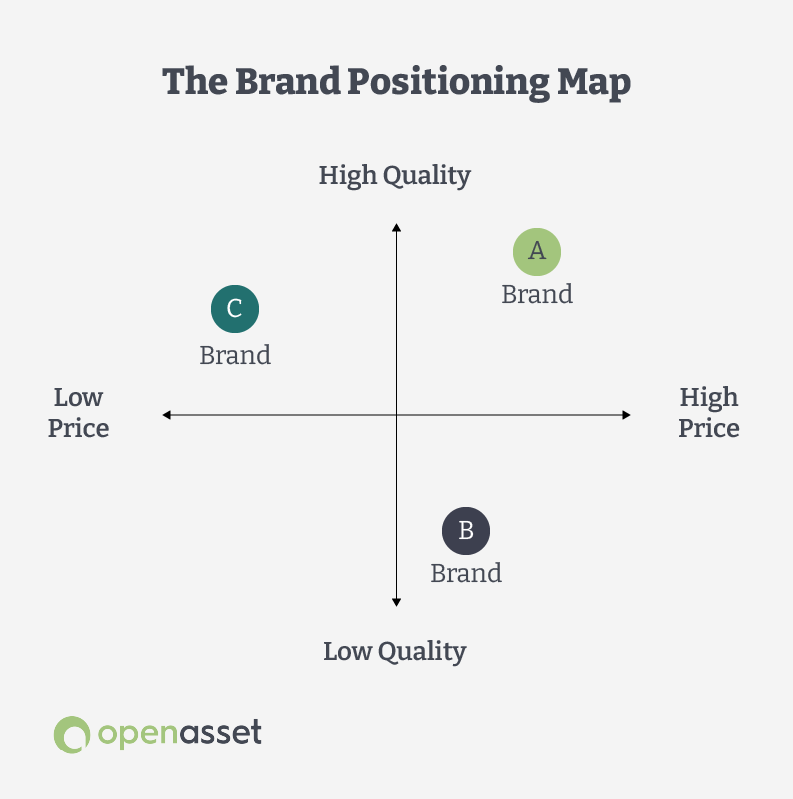
Additionally, make sure that your brand positioning is consistently reflected across all touchpoints with clients and stakeholders. This includes your website, marketing materials, social media, and even the way your staff communicates and interacts with clients.
Effective and strategic brand positioning not only sets you apart from competitors but also creates a specific perception in the minds of your clients about what to expect from your company. This clarity helps in attracting the right clients and building long-term relationships.
Here’s how you can leverage strategic brand positioning:
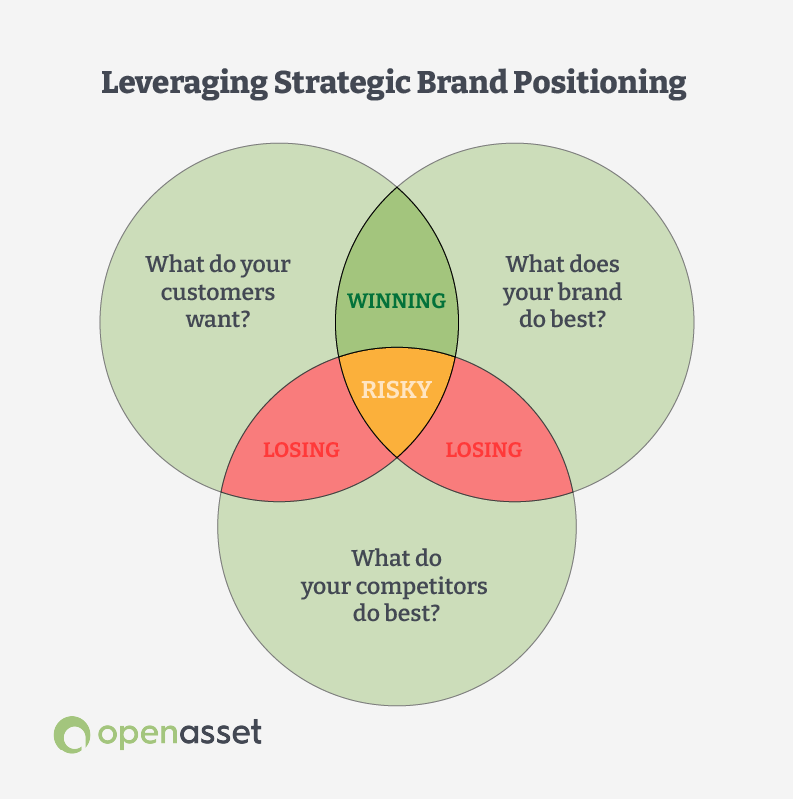
Develop Your Construction Company Logo(s)
Developing a logo for your construction company is a key step in the branding process because a well-designed and creative construction logo acts as the visual centerpiece of your brand identity, creating a first impression and offering instant recognition.
Your construction company’s logo is more than just a graphic; it’s a symbol of your brand’s reputation and quality. Investing time and resources into developing a strong logo can significantly impact how your business is perceived in the marketplace.
What Makes a Good Construction Company Logo?
So, how can you come up with good construction logo ideas? There are some factors to consider when designing this very important element for your construction firm.
First, your logo should visually communicate your company’s brand identity. It should embody your values, USP, and the essence of your services. For example, if your company focuses on eco-friendly construction, elements in the logo could reflect nature or sustainability.
Next, choose a timeless design. While it’s important to have a modern-looking logo, it should also be able to withstand the test of time without appearing dated.
Additionally, the best logos are often simple and easy to remember. A complex logo may be difficult to reproduce and recognize, especially in different formats like on construction equipment, business cards, or digital platforms.
You also want to make sure that your logo is versatile. It should look good in different sizes and formats, and be effective in color and black and white. This is important for a construction company as the logo will be used on a variety of materials, from large banners to small promotional items.
| TIP: If your company is ready for rebranding and a fresh look, learn how you can Implement a DAM During a Rebrand now. |
Examples of Construction Company Logos
Here are some examples of construction companies that succeded in creating their company logo:



Select Complimentary Colors
Did you know that just using a signature color can increase brand recognition by 80%? This means construction firms (a visually oriented industry) can use simple branding elements to make a big impact on potential customers.
Choosing the right colors is more than a matter of aesthetic preference; it’s about creating a visual identity that effectively communicates your brand message and resonates with your target audience. Regardless of the color palette you choose, the colors should stand out but also work harmoniously together.
Moreover, colors not only enhance visual appeal but also evoke specific emotions and values associated with your brand. For example, blue often represents reliability and professionalism, while green could signify sustainability and growth. Understanding color psychology will help you choose colors that align with the values and personality of your construction company.
Additionally, you should also consider colors typically associated with the construction industry. Earthy tones like brown and beige, or strong colors like navy blue and dark green, are popular as they portray stability and strength. There’s also the use of bright colors for visibility, like orange or yellow, which are linked to safety gear and equipment.
Lastly, the colors you select should be consistent across all branding materials. This includes your logo, website, marketing materials, and any digital or print media. But, how can you keep your digital brand assets consistent? With the help of a DAM, like OpenAsset.
OpenAsset helps in keeping brand assets consistent by providing a centralized platform where all branding materials can be stored, organized, and easily accessed. A specific feature that helps with this is version control.
The system keeps track of different versions of assets, ensuring that the most recent and approved versions are used. This is particularly important for maintaining consistency in branding materials that may undergo updates.
What Are the Best Colors for a Construction Company?
The best colors for a construction company typically convey strength, reliability, and professionalism, while also ensuring high visibility. Here are some commonly preferred color choices:
- Blue: Shades of blue, especially navy or deep blue, are popular in construction branding as they convey reliability, trustworthiness, and professionalism.
- Yellow: Bright yellow is often used for its high visibility, which is crucial for safety in construction environments. It’s also associated with energy and optimism.
- Orange: Like yellow, orange is highly visible and is commonly associated with safety and alertness. It’s a dynamic color that draws attention.
- Green: Green can signify sustainability and environmental responsibility, making it a good choice for companies focusing on eco-friendly construction practices.
- Brown and Beige: Earthy tones like brown and beige represent stability and reliability. They are also reflective of the materials often used in construction.
- Black and Grey: These colors are associated with sophistication and strength. They can give a construction company a modern, sleek, and professional look.
- Red: Red is a powerful color that can symbolize energy and passion. However, it should be used sparingly as it can also evoke a sense of warning.
Write a Slogan for Your Construction Company
Writing a slogan for your construction company is a great way to summarize your brand’s essence in a catchy and memorable phrase. A good slogan reinforces your brand identity and communicates your company’s values and strengths to your audience.
However, creating a slogan is a creative process, so don’t hesitate to brainstorm multiple options and play around with words until you find the perfect match that captures the spirit of your construction company.
How Do I Create a Construction Company Slogan?
Although this might not be a quick and easy task, it is a fun one! Here are some steps to help you craft an effective slogan:
- Keep It Short and Simple: A good slogan is concise and easy to remember. Aim for a phrase that’s punchy and to the point.
- Reflect Your Brand’s Core Values: Your slogan should echo the primary values and strengths of your construction company. Whether it’s reliability, speed, quality, innovation, or customer satisfaction, make sure your slogan communicates these values.
- Make It Unique and Distinctive: Your slogan should set you apart from the competition. Avoid generic phrases that could apply to any construction company.
- Let It Resonate With Your Target Audience: The slogan should speak to your primary clientele and be relevant to their needs and preferences.
- Use Language That Inspires Confidence: In the construction industry, trust and reliability are key. Use words that build confidence in your company’s ability to deliver.
Establish Your Brand Voice
Establishing a brand voice for your construction company involves creating a consistent and recognizable way of communicating that aligns with your company’s personality and values. This voice should be evident in all your communications, from website content and social media posts to customer service and advertising.
First, think about the personality of your brand. Is it professional, innovative, reliable, or perhaps community-focused? Your brand voice should reflect these characteristics. For example, a company that prides itself on cutting-edge technology might adopt a more modern and dynamic tone, while one known for traditional craftsmanship might go for a warm, approachable voice.
Consistency in your brand voice across all platforms is crucial. It ensures that your message is clear and reinforces your brand identity. This consistency helps build familiarity and trust with your audience, whether they’re reading your blog posts, browsing your website, or interacting with your staff.
Moreover, the voice you choose should also resonate with your target audience. A professional and authoritative tone might be most effective if your primary clients are in the commercial sector. On the other hand, a residential clientele might appreciate a more personal and reassuring voice.
Remember, your brand voice is not just what you say, but how you say it. It should evolve as your company grows and market conditions change, but always in a way that maintains your core identity and resonates with your audience.
Create On-Brand Images
Creating on-brand images is a crucial aspect of visual branding for your construction company. These images should align with your brand identity and effectively convey your brand message to your target audience.
Each image should be a visual representation of your brand identity. For example, if your brand emphasizes strength and durability, your images might feature robust construction equipment. If sustainability is a key value, images might focus on eco-friendly materials or green construction practices.
How Do I Create On-Brand Images?
First, you should make sure you’re incorporating brand elements across all marketing collateral. Where appropriate, include your logo or use your brand’s color scheme in the images. This can be subtle, like a branded uniform or equipment, but it helps reinforce brand recognition.
Next, make sure your images tell a story. Whether it’s the progression of a construction project, the impact of your work on the community, or the teamwork of your staff, good storytelling can make your brand more memorable and engaging.
Using professional photography not only makes your brand look better but also helps you build a professional and credible image. However, it comes at an additional cost, so don’t forget to include professional photography in your budget. This will be necessary for key images, especially those used in major marketing materials, your website’s main pages, or advertising.
Moreover, make sure that your images are optimized for various platforms. An image for a billboard might need different considerations compared to one for your website or social media. Consider the format and audience of each platform when selecting and editing images.
Last, but certainly not least, you should always maintain a consistent style and quality across all images. This includes using similar color schemes, tones, and compositions that align with your brand’s aesthetic. Consistent quality in images portrays a professional and reliable image of your company.
| TIP: Want to know how a DAM like OpenAsset can improve image management and help you use high-quality, validated imagery for your collateral, events, and projects every time? Read our case study to learn how it completely changed the game for OpenAsset client: Arcadis | IBI Group. |
Choose the Right Typography
Typography is a critical element in the branding of your construction company, as it plays a significant role in conveying your brand’s personality and professionalism. The fonts you choose for your branding materials, from your logo to your website and promotional content, should align with your overall brand identity and be easily readable.
Select a font that reflects the attributes of your brand. For a construction company, you might want a font that conveys strength and reliability. Sans-serif fonts, known for their clean and modern look, are often a popular choice. However, if your brand has a more traditional or classic feel, a serif font might be more appropriate.
Your typography should complement your brand voice. If your brand voice is professional and authoritative, choose a font that reflects these qualities. For a more approachable and friendly brand voice, a lighter, more casual font might be suitable.
The fonts should be versatile enough to work well in both digital and print formats. They should retain their clarity and impact whether displayed on a website, a digital ad, or printed on a business card or brochure.
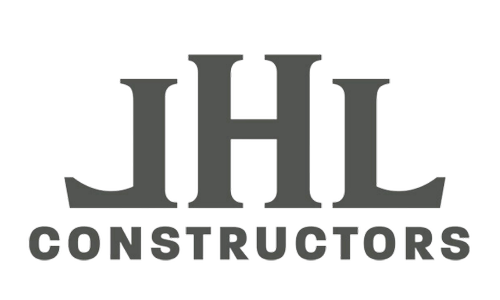
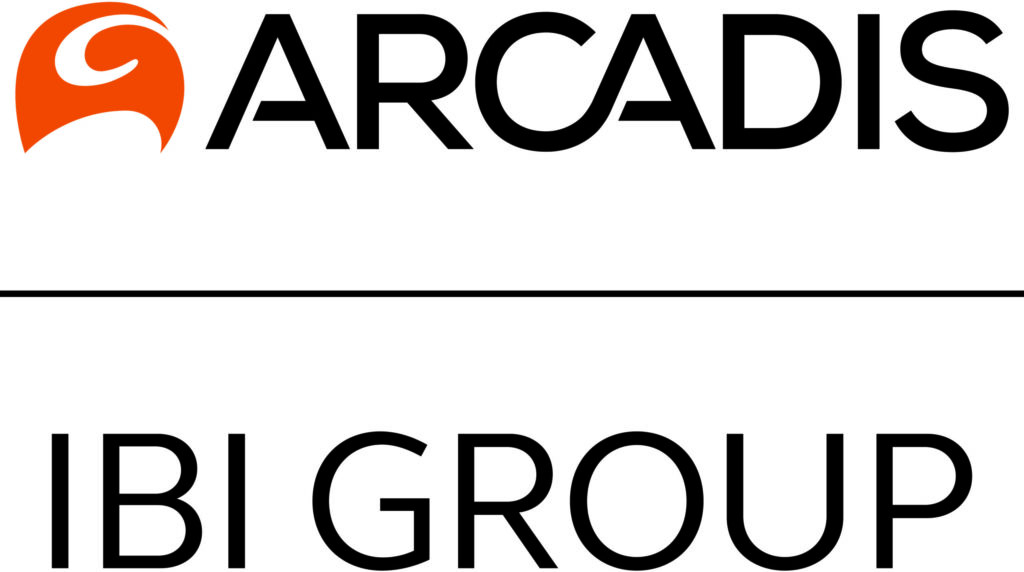
Build and Distribute Brand Guidelines
Building and distributing brand guidelines is an essential step in maintaining the consistency and integrity of your construction company’s branding.
Brand and style guides serve as a roadmap for how your brand should be presented and communicated, ensuring that everyone in your organization, as well as external partners, understands how to use your brand elements correctly. This not only protects the brand’s image but also provides a clear framework for effectively communicating the brand’s identity and values.
Start by documenting all key brand elements including your logo, color palette, font types, imagery style, and brand voice. Specify how each element should be used, including variations of the logo, color specifications (like Pantone, CMYK, or RGB codes), and typography guidelines.
You should also provide examples of how your brand elements should be used in different contexts. This could include templates or mock-ups for business cards, letterheads, website layouts, social media profiles, and marketing materials. Showcasing correct and incorrect usage examples can be particularly helpful.
Provide clear instructions on the type of images that should be used, including style, subject matter, and quality standards. This ensures that all visuals are cohesive and reinforce your brand identity. Make these guidelines easily accessible to all employees and external partners. Consider creating a digital version that can be shared and easily updated as your brand evolves.
With OpenAsset, you can store and distribute brand guidelines alongside the assets, ensuring that team members know how to use the assets correctly in line with brand standards.
Tips to Establish and Grow Your Construction Company’s Brand
Now that you know how to brand your construction company, let’s look at some tips to help you grow your brand.
Maintain a Consistent Brand Across Digital Materials
To establish and grow your construction company’s brand, maintaining brand consistency across digital marketing materials is key (as mentioned many times throughout this article). Here are some areas to focus on:
- Website: Your construction website should be the digital cornerstone of your brand, showcasing your portfolio, services, and company values. It should reflect your brand identity through consistent use of colors, fonts, and messaging.
- Social Media: Use social media platforms to reinforce your brand identity. Consistency in visual elements, tone, and messaging across different platforms like LinkedIn, Instagram, or Facebook is crucial.
- Blog: A blog can help position your company as an industry leader. Share insights, project updates, and industry news, ensuring that the content aligns with your brand voice and values.
- Proposals: Construction proposals are key touchpoints with potential clients. They should be professionally designed, reflecting your brand’s visual and communicative style.
- Advertising: Your advertising campaigns, whether online or offline, should be instantly recognizable as belonging to your brand.
- SEO: Implement SEO strategies that not only improve your online visibility but also reflect your brand’s messaging and values.
Feature Your Team Members
Highlight your team members to showcase the human element behind your construction company. Share their stories, achievements, and experiences on your digital platforms, including social media, your website, and RFP resumes.
This approach not only personalizes your brand but also demonstrates the expertise and dedication of your staff. Employee spotlights, behind-the-scenes looks at projects, and employee-driven content can significantly enhance your brand’s relatability and authenticity.
Participate in Local Marketing
Engage actively in local marketing efforts to strengthen your brand presence in the community. This can involve sponsoring local events, participating in community projects, or optimizing your online presence for local SEO. Another helpful tool is connecting with your local SMPS chapter where you can participate in an SMPS learning lab or virtual event.
Such involvement not only increases brand visibility but also establishes your company as an integral part of the local community, building trust and recognition among potential local clients.
Provide an Excellent Customer Experience
Offering an exceptional customer experience is vital in building a strong brand. It’s essential that every interaction – from initial inquiry to project completion – reflects your brand’s commitment to quality, reliability, and customer satisfaction.
Prompt responses, transparency in communication, and exceeding customer expectations can turn clients into brand advocates, enhancing your reputation and trustworthiness in the industry.
Make Sure You’re Easy to Find
Optimize your online presence so that your construction company is easily discoverable. This includes maintaining up-to-date listings in online directories, such as Google Business, implementing effective SEO strategies on your website, and having an active presence on social media platforms.
Being easily findable and accessible online is crucial in today’s digital age, as it directly influences potential clients’ ability to connect with your services.
Partner With Other Brands
Collaborate with other brands or businesses that complement your services. These partnerships can open new avenues for marketing and expand your reach to a broader audience.
Make sure that these collaborations align with your brand values and contribute positively to your brand image. Such partnerships, especially with well-respected brands, can enhance your credibility and open doors to new opportunities.
| TIP: For more marketing tips on growing your brand and for further details on the tips mentioned above, read our blog on Construction Marketing now. |
Last, but certainly not least, you should always maintain a consistent style and quality across all images. This includes using similar color schemes, tones, and compositions that align with your brand’s aesthetic. Consistent quality in images portrays a professional and reliable image of your company.
Construction company branding FAQs
Have more questions on construction branding? Here are some FAQs to guide you in the right direction.
What Is Construction Branding?
Construction branding is the process of creating a unique identity and image for your construction company in the market. It involves defining your company’s values, mission, and unique selling propositions, and communicating these through visual elements like logos and color schemes, as well as through messaging and customer interactions.
Effective construction branding differentiates your company from competitors, builds credibility, and establishes a strong reputation in the industry, ultimately influencing clients’ decisions to choose your services over others.
What Are Some Examples of Construction Company Branding?
Although we already mentioned some examples above, here are additional examples of good construction company branding:
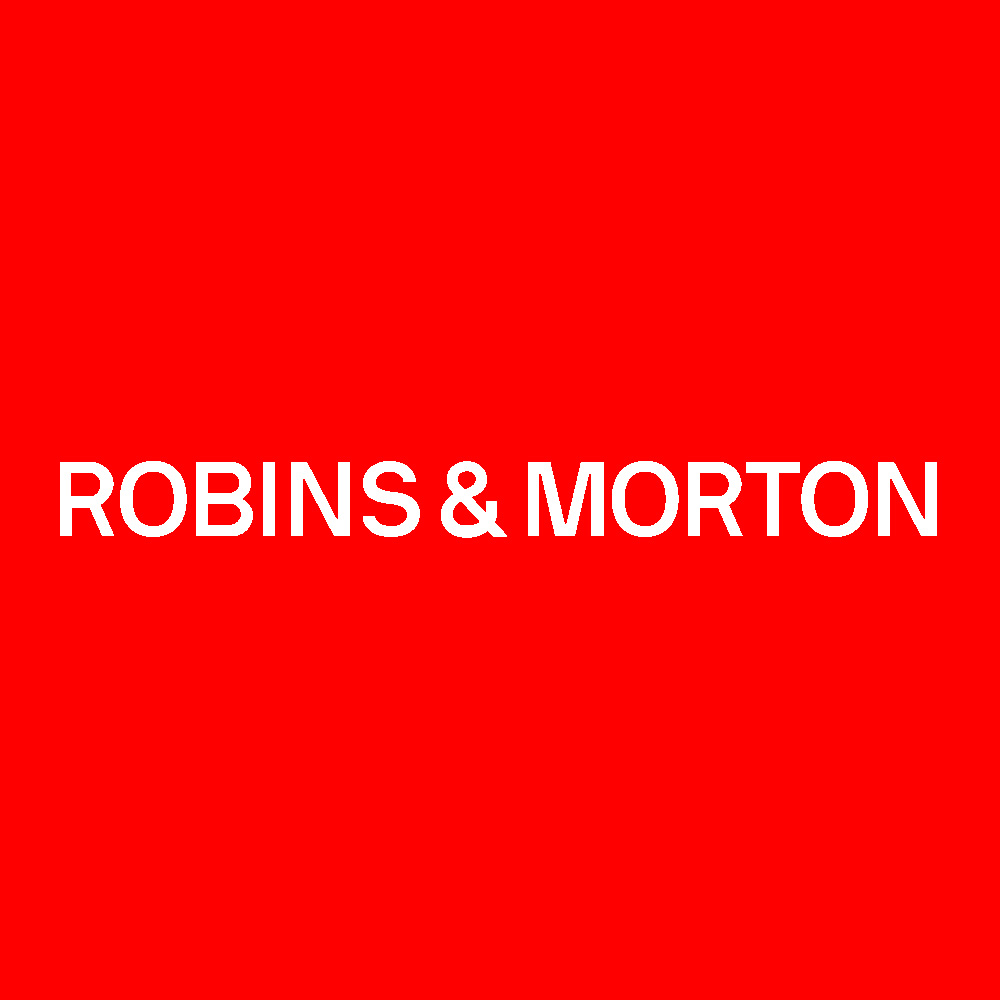
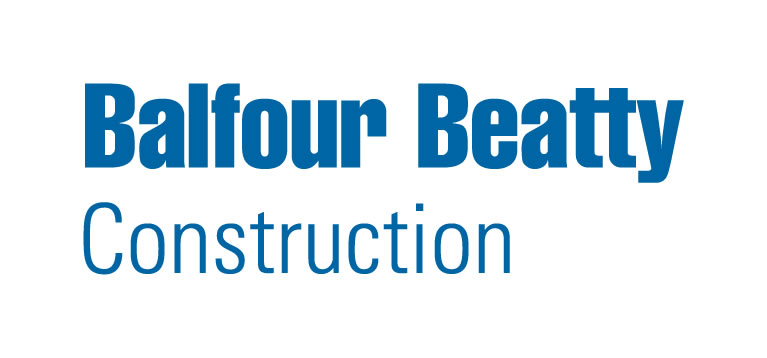
How Do I Build Brand Trust?
To build brand trust, consistently fulfill your brand promise in every aspect of your business. This means delivering on your commitments regarding quality, timelines, and customer service. Make sure that your actions align with your brand’s values and messaging.
Transparency in communication, reliability in project management, and responsiveness to client needs are crucial. Positive customer experiences lead to word-of-mouth referrals and repeat business, both of which are essential for building and maintaining trust in your brand.
How Do I Know If My Construction Company Branding Is Working?
By looking at the results. You can gauge the effectiveness of your construction company branding by monitoring several key indicators. Look for an increase in brand recognition, which can be measured through enhanced social media engagement, website traffic, and client inquiries.
Client feedback and reviews can provide insights into brand perception. Also, track the business growth – more bids, contracts, and repeat clients indicate effective branding. Additionally, surveying clients and employees about their perception of your brand can give you direct feedback on your branding efforts.
What Makes a Good Construction Logo?
First, your logo should visually communicate your company’s brand identity. It should embody your values, USP, and the essence of your services. You should also choose a timeless design. While it’s important to have a modern-looking logo, it should also be able to withstand the test of time without appearing dated.
What Are the Best Colors for a Construction Company?
The best colors for a construction company typically convey strength, reliability, and professionalism, while also ensuring high visibility. Here are some commonly preferred color choices:
- Blue
- Yellow
- Orange
- Green
- Brown and Beige
- Black and Grey
- Red
How Do I Create a Slogan for a Construction Company?
Crafting an effective slogan for your construction company can be a fun and rewarding task. Keep your slogan short, simple, and memorable, ensuring it reflects your company’s core values like reliability, quality, or innovation.
Make it unique to stand out from competitors and ensure it resonates with your target audience, addressing their needs and preferences. Use language that inspires confidence, underlining your company’s trustworthiness and capability in the construction industry.
How Do I Create On-Brand Images?
Firstly, incorporate brand elements like logos and color schemes subtly across your AEC marketing images to enhance brand recognition. Next, focus on storytelling through your images, such as showing the progress of projects or your team at work, to create a memorable and engaging brand image.
Use professional photography for key images, like those in major marketing materials and on your website, to project a professional image; remember to budget for this. Lastly, optimize your images for different platforms, considering the specific requirements and audience of each, whether it’s a billboard, website, or social media.
Construction Branding With OpenAsset
OpenAsset’s DAM for construction centralizes storage and offers easy accessibility to ensure that all your digital branding assets, from documents to professional photographs, are consistently used across various platforms.
By streamlining the management of these assets, OpenAsset not only maintains brand consistency but also significantly simplifies the branding process. Its features like version control, categorization, and integration with other platforms allow your branding to remain coherent, up-to-date, and in line with your company’s evolving identity.
In a time when digital channels are increasingly overtaking print media, having a robust strategy for construction branding is essential— let OpenAsset be a part of that strategy. Want to find out how OpenAsset can help you create a strong, recognizable, and trusted brand in the competitive construction market?



